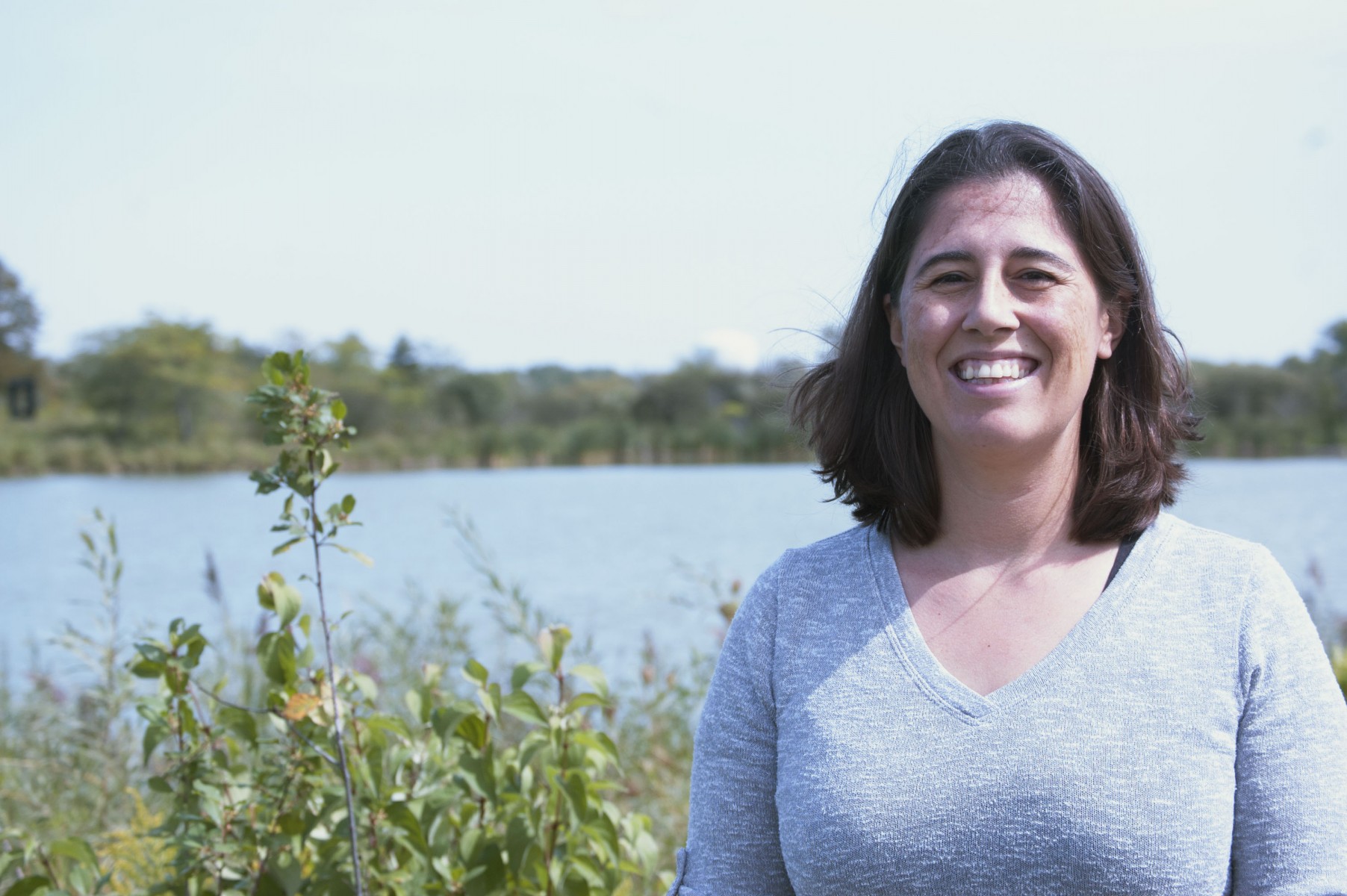Invasive Species Forensics
March 8, 2018

Dr. Erin Grey-Avis is an Assistant Professor in the Division of Chemistry and Biological Sciences, College of Arts and Sciences at Governors State University in University Park, IL. That’s a long title, but what it means is, she’s really into biology—marine invertebrates to be specific. She is also an expert on the invasive species found in the Great Lakes Basin. Dr. Grey-Avis will be giving a presentation on invasive species at the library on Monday, March 26 at 7 pm (register now).
Dr. Grey-Avis grew up in Delaware on the Eastern seaboard. She has always been enamored with the ocean and the many things living in it, especially invertebrates—animals without a spine or backbone. “I was always fascinated by the different types of invertebrates,” says Dr. Grey-Avis. “When I moved here to the Great Lakes region, I realized that there was this big problem of invasive invertebrates. I decided to focus my research in that area so I could marry my love of invertebrates with science that actually helps them.”
What are Invasive Species?
Invasive species are plant and animal life that have been introduced to an environment they are not native to. There are several types of invasive species, such as the sea lamprey, found in the Great Lakes region. These creatures have a negative impact on the environment. “Another example would be zebra mussels,” says Dr. Grey-Avis, “They alter the food web by eating algae or other microscopic organisms and those have effects all the way up the food chain.”
Zebra mussels filter out microscopic algae which in turn makes water crystal clear. "If you've lived in Chicago, you'll notice in the past 20 years or so the water has gotten really clear," says Dr. Grey-Avis. "This might be good from a tourist standpoint, but for all the fish and the other organisms that are trying to eat, they've basically taken out the base of the food web."
Almost all invasive species are introduced by accident. According to Dr. Grey-Avis, “The sea lampreys were introduced when they dug a canal to connect the Great Lakes to the Atlantic Ocean.” This was done to give large ships easy access to lake ports like Chicago. “For the zebra mussels, and some of the other smaller invertebrate invasive species, most of those have come into the Great Lakes through ships. When a ship comes from Ukraine or Russia, it carries the organisms in the ballast water." Ballast water helps boats stay stable in the water. It is carried in tanks aboard the ship. When this water is released in a new harbor so too are the organisms contained within it.
Dealing with Invasive Species?
Invasive species are extremely difficult to get rid of. “Maybe impossible,” says Dr. Grey-Avis, adding, “but different countries, and now the the World Maritime Organization, have developed policies that regulate ballast water treatment." The Great Lakes Basin provinces were the first to make it mandatory for ships to exchange their ballast water in the middle of the ocean. When the freshwater organisms are exposed to saltwater they die. Likewise, when new ballast water is taken up, any saltwater organisms taken up along with it won’t be able to survive in freshwater lakes and rivers.
Interested in learning more about Dr. Grey-Avis' work with invasive species and other marine invertebrates? Join us at the library for her presentation, Invasive Species Forensics, on Monday, March 26, 2018, 7-8:30 pm.